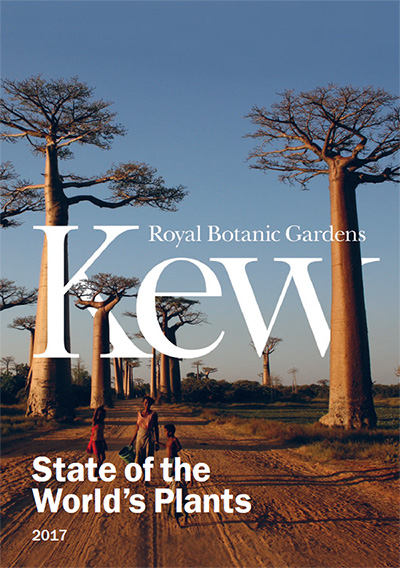 Our colleagues from the Royal Botanic Gardens Kew have released this year’s State of the World’s Plants report (press release). This is the second such report, after the initial one that was released in 2016. Visit https://stateoftheworldsplants.com/ to see the web-version and to download the full reports.
Our colleagues from the Royal Botanic Gardens Kew have released this year’s State of the World’s Plants report (press release). This is the second such report, after the initial one that was released in 2016. Visit https://stateoftheworldsplants.com/ to see the web-version and to download the full reports.
The web-site states…
Last year‘s State of the World’s Plants report focused predominantly on synthesising knowledge of the numbers of different categories of plants: How many vascular plants are currently known to science? How many are threatened with extinction? What is the number of plants with uses? etc. We also looked at the main threats to these plants, including climate change, land- use change, invasive plants, disease and over-exploitation. However, simply knowing how many plants there are and how many are under threat is not enough – what is also needed is an understanding of why some plants are more vulnerable than others. This year, therefore, we have also examined the emerging evidence for the characteristics of plants that appear to make some types less/more resilient to current and future threats.
It is not all doom and gloom, however. In this year’s State of the World’s Plants, we also highlight the rapidly accumulating discoveries and knowledge that provide important sign-posts to the next food crops, medicines, timbers etc. Information is now also emerging on the effectiveness of conservation actions and policies in protecting some of the most important plant species and communities across the globe. While there is still much more to do, these positive outcomes demonstrate that with scientific knowledge and evidence-based global actions, it is possible to conserve the extraordinary diversity of plants on Earth and to build on the unique combination of beauty and science which can together provide some of the solutions for the global challenges facing humanity today.
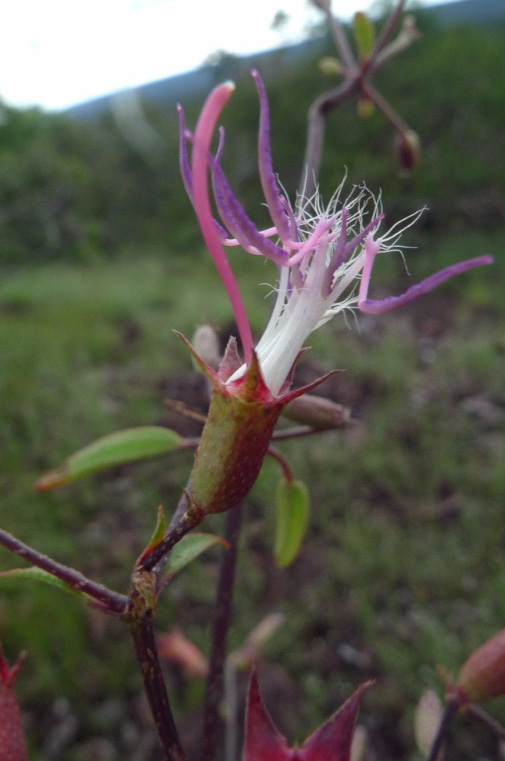
Tibouchina roseanae (Melastomataceae), a new species from Brasil. The pink petals have fallen, revealing the curious kneed stamens. Photo: W. Milliken.
During the last year, 1,730 plants were discovered, some of which are pictured and described on the web-site and in the report. Other focus areas of the 2017 report are
- Climate change – New evidence shows which plants have the ability to cope with change
- Medicinal plants – First time that 28,187 species recorded with a medicinal use
- Plant health – $540bn/yr cost to agriculture if invasive pests & pathogens aren’t controlled
- Wildfires – 340 million hectares of the earth’s vegetative surface burns annually (more than the size of India).
In conjunction with the publication of the report, scientists and policymakers also gathered last month at Kew for the second international State of the World’s Plants Symposium. The two-day event was a platform to discuss issues raised in the report and to engage the scientific community, policymakers and public.

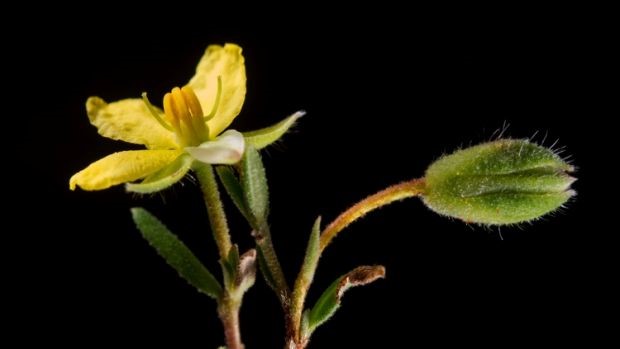



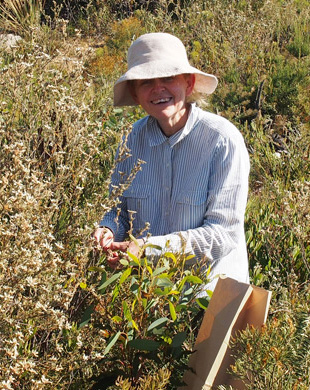

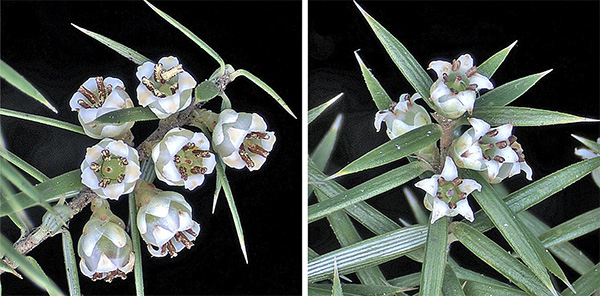


You must be logged in to post a comment.